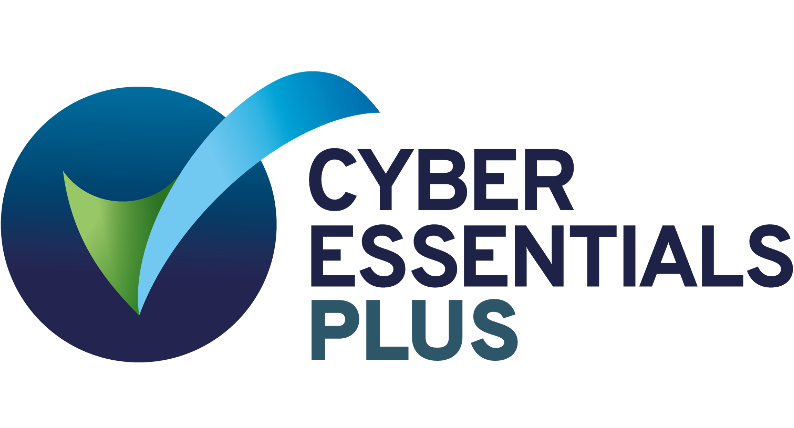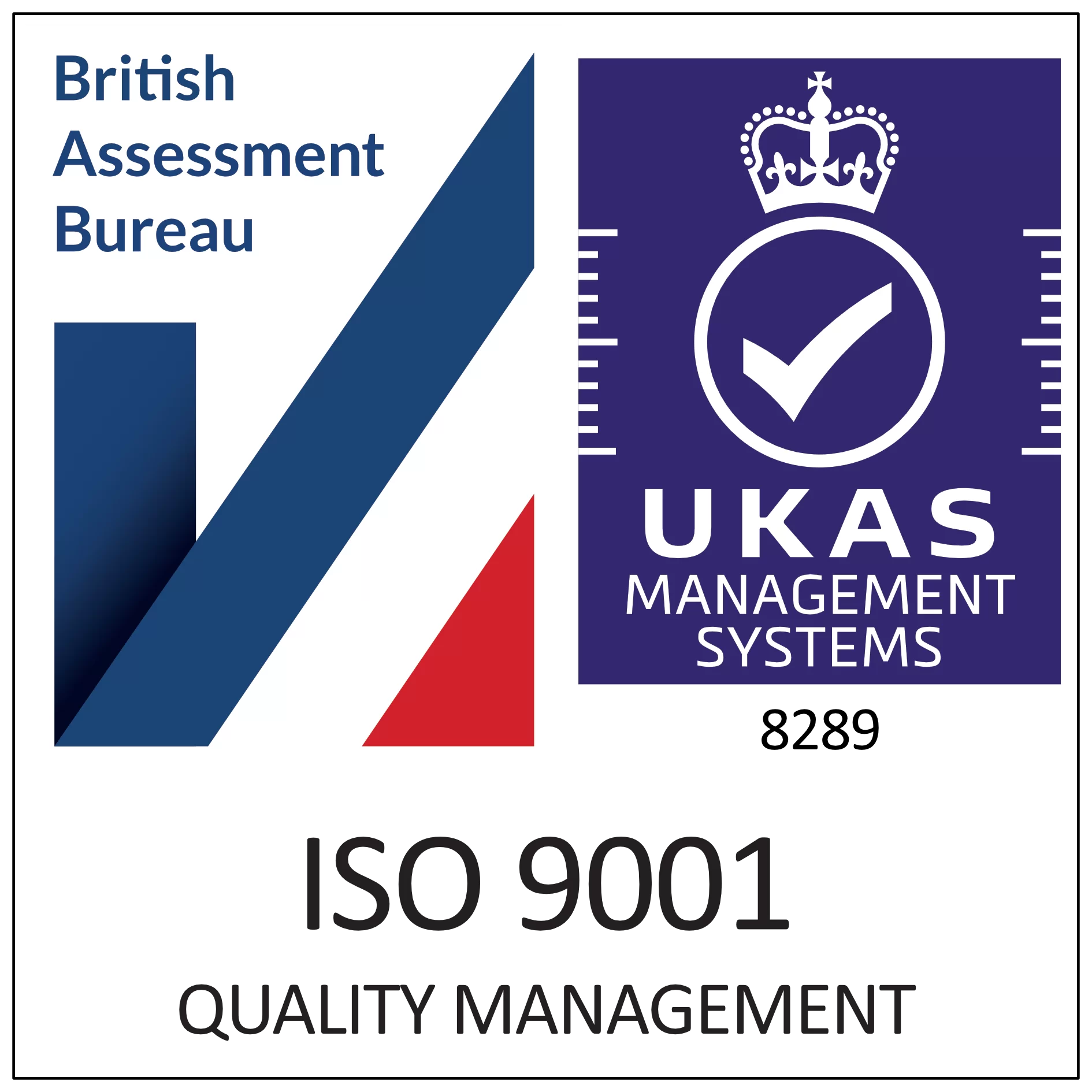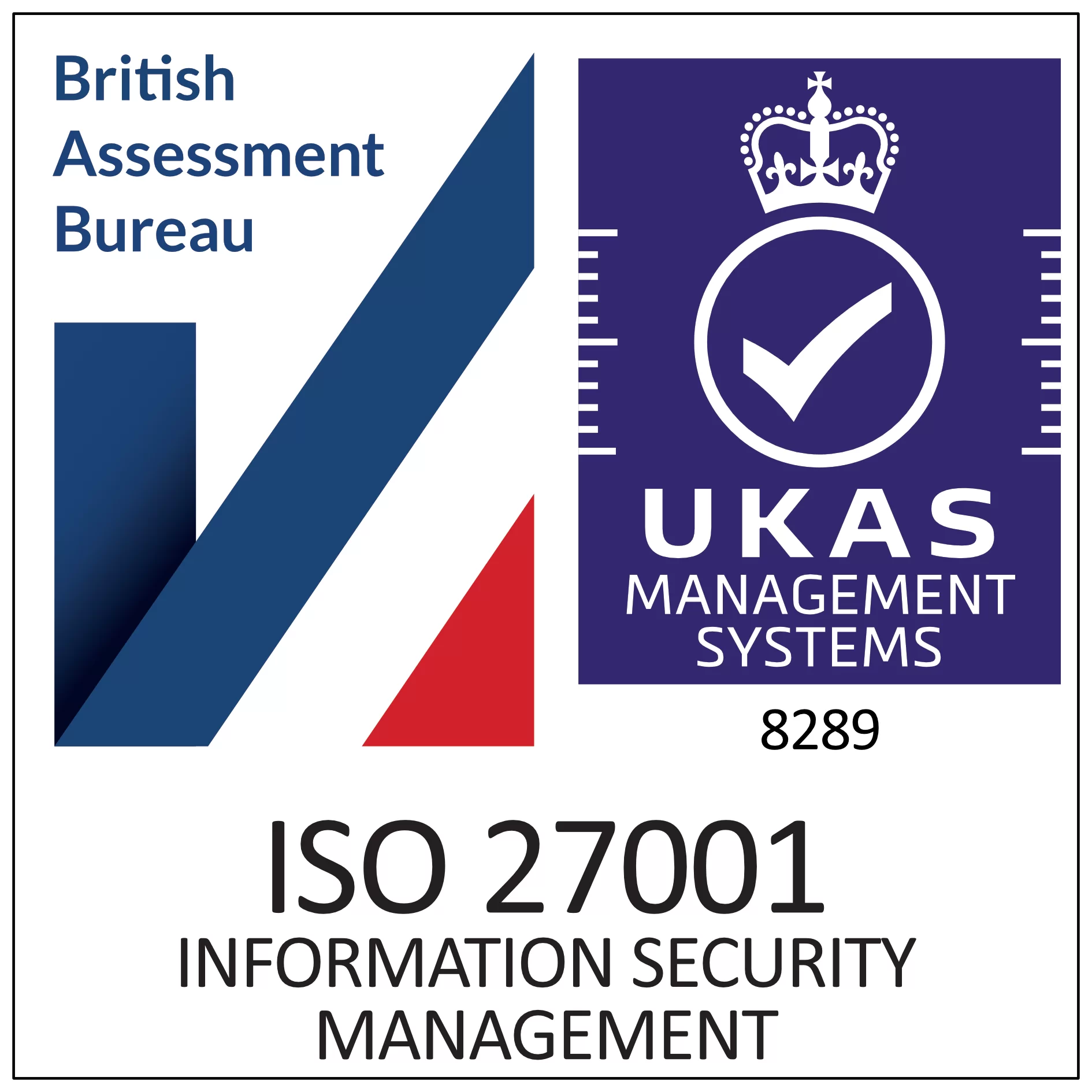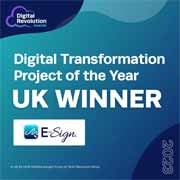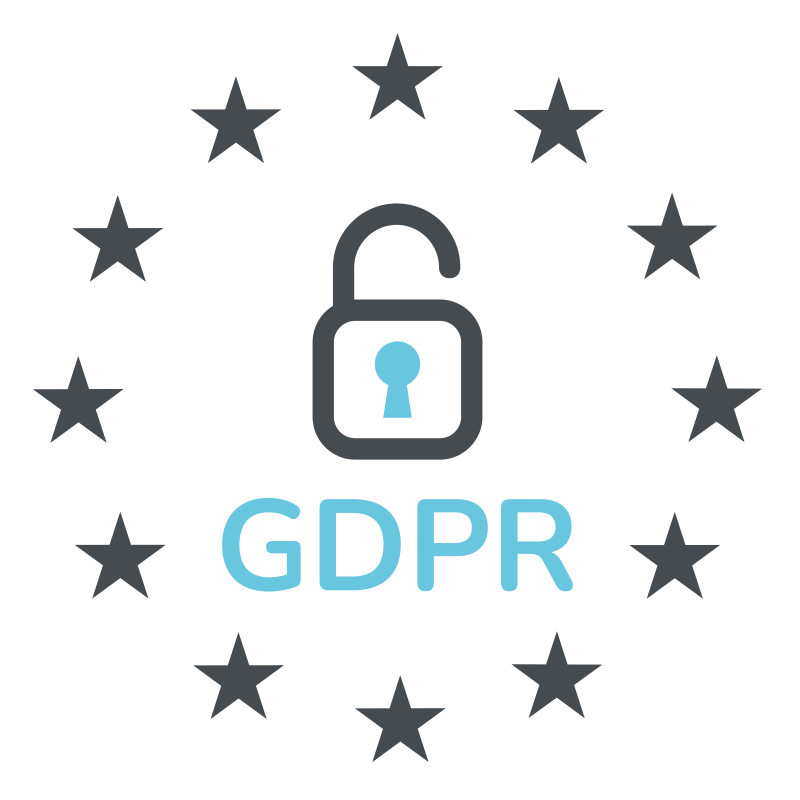Home | News & Insights |
How to Create a Digital Ecosystem: The Complete Guide
Laura Cain
Marketing & Brand Manager
PUBLISHED
15th April, 2025
Contents
Keeping up with the latest business technology can be challenging. Every week, it seems like there is a new buzzword to contend with.
You may be forgiven for thinking that digital ecosystems are just another fad. Yet, as the world becomes increasingly digital, these ecosystems are quickly becoming the model by which the most successful companies operate.
A report from Gartner found that 27%-32% of companies that succeed in building a digital ecosystem experience exponential growth and profitability (Gartner, 2022).
However, in the UK, a separate study from Deloitte revealed that 78% of digital ecosystems fail within the first three to five years due to poor management and a lack of expertise in emerging digital technologies (Deloitte, 2024).
So, if you want to create a digital ecosystem, it’s essential to get it right! Whether you’re wondering how to implement a digital ecosystem in your business successfully or just want to understand how they work, we’ve compiled a complete guide to all things digital ecosystem.
What is a digital ecosystem?
A digital ecosystem is an interconnected network of digital tools, technologies, platforms, and partners that work together to streamline operations, increase collaboration and provide value to customers. Instead of relying on standalone systems, businesses with a digital ecosystem use integrated tools that communicate with each other—often in real time. Bringing together everything from customer-facing platforms to back-end workflows.
At its core, a digital ecosystem allows your business to operate more efficiently, automate routine processes, and provide seamless digital experiences. For example, when your e-signature platform, ID verification tool, and payment gateway are all integrated, your team can move faster—and your customers get a smoother journey.
Digital ecosystems can vary in size and complexity, but the goal is always the same: to build a flexible, scalable, and connected digital infrastructure that supports your business now and into the future.
Most businesses will already use some form of digital technology as part of their day-to-day operations, but they can often be siloed, lacking integration and still reliant on manual intervention. Going one step further to consider how these technologies interact and promote collaboration where possible is essential; interoperability can make or break a digital ecosystem.

Why are digital ecosystems important, and who needs them?
Digital ecosystems are more than a tech trend—they’re fast becoming a necessity for businesses that want to stay competitive, agile, and customer-focused in an increasingly connected world.
By integrating your digital tools and systems into a unified ecosystem, you reduce manual work, improve communication across departments, and create more seamless experiences for your customers. Whether it’s automating document workflows, verifying identities securely, or connecting with third-party platforms, a well-built digital ecosystem makes every process more efficient.
According to research, companies that invest in strong digital ecosystems grow revenue up to twice as fast as those that don’t. They’re better equipped to adapt to change, launch new services faster, and respond to evolving customer expectations.
Who benefits from digital ecosystems?
Digital ecosystems are valuable across a wide range of industries, but the impact is especially clear in:
- Legal & financial services – Where security, compliance, and speed are critical
- Healthcare & education – For streamlining patient or student onboarding and documentation
- Real estate & property – To simplify agreements, payments, and identity verification
- Public sector & local government – When improving access to services and cutting red tape
Whether you’re a small business looking to scale efficiently or a large organisation modernising legacy systems, building a technology ecosystem helps future-proof your operations.
What is digital ecosystem management?
As more and more businesses embrace digital technology and digital ecosystems, a new discipline is slowly emerging. DEM, or digital ecosystem management, focuses on maximising the potential of a digital ecosystem, as well as growing a business by leveraging the ecosystem’s capabilities. It also could involve performing any necessary maintenance or upgrades, especially as new technology evolves.
Digital ecosystem examples
Amazon

It’s safe to say that Amazon has been working on its digital ecosystem since the earlier 2000s, a strategy that has helped them to grow into one of the biggest companies in the world, as well as propelling owner Jeff Bezos to billionaire status. With a digital ecosystem driving both the businesses vast operations and customer-facing platform, Amazon can successfully drive growth and profitability, as well as offering same-day delivery to millions of customers across the world.
Banking Apps

Perhaps an example closer to home, most of us will have this digital ecosystem downloaded on our smartphones. Banking apps can integrate all services and applications into one centralised place, including money transfers, depositing cheques and managing cards, making it easier for banking customers to keep track of their finances.
Netflix

Netflix is currently valued at $149 billion, and much of its success can be attributed to its ability to anticipate the future and transformation. In order to improve customer satisfaction, Reed Hastings, Netflix CEO approached Blockbuster with an offer. As a result of their online viewing system, Netflix was able to address the concerns customers had with Blockbuster, such as late fees, and they were successfully able to deliver new value to customers through digital transformation.
Key components of a digital ecosystem
A digital ecosystem is built from several interconnected components that work together to enhance business operations and customer experiences. These core elements include:
Core technologies
At its foundation are the essential tools and platforms that support daily operations—CRMs, ERPs, document management systems, and payment solutions. For example, e-signature platforms like E-Sign streamline contract processes, improving efficiency.
APIs and integrations
APIs connect various tools and systems within the ecosystem, enabling seamless data exchange and real-time communication between platforms, which enhances workflow automation and reduces errors.
Data and analytics
Data flows through the ecosystem, providing insights that drive business decisions. By analysing customer behavior, operational performance, and market trends, companies can personalise services and optimise strategies.
External partners and platforms
A digital ecosystem goes beyond just internal tools—it also integrates external partners such as cloud providers, third-party applications, and vendors. These partnerships enhance the ecosystem’s capabilities, offering access to specialised tools and services that extend your business’s functionality and reach.
End users and customers
The effectiveness of a digital ecosystem ultimately depends on its ability to serve end users. Delivering a seamless, secure, and personalised experience across various platforms is crucial to maintaining customer satisfaction and fostering long-term loyalty.
Security and compliance
A secure digital ecosystem is built with strong security protocols, including data encryption and multi-factor authentication, to safeguard sensitive information. Adherence to regulatory standards ensures that the business operates within legal frameworks, building trust and protecting data integrity.
These components work together to create an agile, scalable ecosystem that enhances both internal operations and the customer experience, setting the foundation for future growth.
Are digital ecosystems just for large enterprises?
While digital ecosystems may seem like they’re designed for large companies, SMEs can also reap significant benefits. Larger enterprises may have more resources to invest in digital processes, but that doesn’t mean smaller businesses can’t adopt them. Viewing your digital operations as an interconnected system and encouraging integration and collaboration across applications can bring numerous benefits, as well as drive digital transformation within your business.
According to a 2024 report from McKinsey, 60% of SMEs that implemented digital ecosystems experienced improved efficiency and cost reductions within the first year (McKinsey, 2024).
With the right strategy and tools, your SME can enjoy greater efficiency, scalability, and self-sufficiency, which can lead to cost savings, growth, and a competitive edge in a digital-first world. So, if you’re an SME looking to improve how you operate, don’t be deterred by size—digital ecosystems are adaptable and tailored to businesses of all scales.
Common pitfalls to avoid when building your digital ecosystem
Overcomplicating integrations
It’s tempting to try and connect everything, but over-complicating integrations can lead to unnecessary complexity. Focus on integrating the most crucial tools that will bring tangible value to your business. Too many integrations can create friction, reduce system reliability, and increase maintenance overhead.
Neglecting user experience
A digital ecosystem is only effective if it enhances the user experience. Ignoring the needs of end users—whether internal teams or customers—can result in frustration and decreased adoption rates. Prioritise intuitive interfaces, easy access to information, and seamless workflows.
Failing to plan for scalability
A common mistake is building an ecosystem that works for today but not for the future. Ensure that the systems you choose can scale as your business grows. Avoid locking yourself into proprietary tools that limit flexibility or hinder future integrations.
Lack of proper security measures
Inadequate security protocols can expose your ecosystem to cyber threats and data breaches. Always implement robust encryption, multi-factor authentication, and regular security audits. Be proactive in meeting compliance standards, especially if handling sensitive customer data.
Ignoring data governance
With so many tools and platforms working together, data governance often gets overlooked. Ensure clear data ownership, accuracy, and consistency across the ecosystem. Without proper data management policies, your ecosystem could generate unreliable or conflicting data, undermining decision-making.
Underestimating internal training and support
Technology is only as effective as the people using it. Failing to train your teams on how to navigate and maximise the digital ecosystem can lead to inefficiencies, errors, and low adoption. Provide ongoing training, support resources, and documentation to keep everyone aligned.
Forgetting about interoperability
Not all platforms are built to work together. Failing to ensure that your digital tools are interoperable can lead to data silos and fragmented processes. Choose platforms that easily integrate with your existing tech stack and test compatibility before full implementation.
How to build a digital ecosystem
Creating a digital ecosystem that truly benefits your business, employees, and customers requires a comprehensive and honest evaluation of your current operations. To build a successful digital ecosystem, it’s essential to understand how your business functions today, including your workflows, communication channels, and technology. This self-reflection will help identify opportunities for improvement and streamline processes across the board.
A well-designed digital ecosystem focuses on collaboration and interaction, driving value by improving productivity, fostering better teamwork, reducing errors, and ultimately saving time and money by eliminating inefficient manual tasks.
It’s not about overhauling everything from the ground up; in fact, part of the success of any digital ecosystem lies in optimising your existing software and systems. By integrating and enhancing the tools you already use, you can create a more seamless, efficient, and scalable infrastructure that better serves your company’s needs.
With the right approach, your digital ecosystem can automate routine tasks, simplify data sharing, and enable real-time collaboration, making it easier for employees to focus on higher-value work and innovation.
This will not only increase operational efficiency but also improve the customer experience, drive growth, and strengthen your competitive edge. By adopting a digital ecosystem, you empower your business to remain agile and adapt to the ever-changing digital landscape.
Transform your business with E-Sign: The essential building block of your digital ecosystem
In today’s fast-paced world, building a digital future for your business is more crucial than ever. However, we understand that transitioning to digital processes can be daunting for many companies. That’s where E-Sign comes in – to simplify the process and make it as accessible and seamless as possible.
No matter where you are on the digital maturity scale, E-Sign offers tailored solutions to fit your needs. Whether you’re looking to enhance your existing digital ecosystem or just starting your digital transformation journey, our integrated solutions are designed to drive efficiency, optimise operations, and help you unlock your business’s full potential. Here’s what E-Sign can bring to your business:
Electronic signature
Our 100% secure and legally binding advanced digital signature can help your business embrace digital documents and move away from paper-based processes. Keeping your business documents digital is a big step towards achieving true digitalisation and moving one step closer to creating your own digital ecosystem.
Create, eSign and send documents in just a few clicks, without having to print, scan and post hard copies to your clients. This not only saves you time by increasing operational efficiency but can also save your business money, eliminating spending on paper, printing ink, stationery supplies and postage costs- a truly win-win situation for your business. In addition to E-Sign’s advanced eSignature, we also offer eIDAS-compliant qualified eSignatures, which enhance security and simplify your document transactions.
ID verification
For many businesses, verifying the identity of their clients is vital to remaining compliant with legislation- think Know Your Customer or Customer Due Diligence. This can often involve a whole different set of paperwork that your employees have to fill in. With the ability to enable an advanced ID checker, we’ve found a way to combine these two separate steps into one simplified transaction.
Indeed, before your clients can access your document, they’ll first have to provide some personal information and passport/driver’s license details. This will then be screened against our global database to instantly verify the identity of your client, ensuring only the right people can view your documents.
Payment gateway
Adding a payment gateway into the document management platform enables you to integrate two usually separate processes into one for a streamlined, easier way to do business. After connecting your payment gateway to E-Sign’s document management platform, you can easily add a payment request via our Payment Tags. When your signer accesses and e-signs your document, they can also instantly transfer the payment, so you receive money straight into your chosen account.
This makes life easier for your clients, enabling them to pay for your goods and services straight away, without any additional hassle to themselves. Collecting payments instantly also brings many benefits to your business, such as improved cash flow and better financial modelling.
API integration
For businesses looking to create a true digital ecosystem, we know what an important role APIs can play. That’s why we’ve added API integration capabilities into our platform. An API allows your applications to interact with one another, specifying how these platforms and workspaces can and should collaborate. APIs ultimately integrate a number of different application functions into one streamlined ecosystem, making your business processes more efficient and user-friendly for your employees.
This gives your team the freedom to tailor our electronic signature and document management platform to the exact needs of your business and any pre-existing software you use. With an API on your side, you can achieve the integration and collaboration you’re looking for.
Ready-to-use connectors
With clients and businesses seeking maximum operational efficiency through streamlined workflows and joined-up processes, platforms and applications are becoming increasingly conscious of this need for effective collaboration and are offering connectors to extend the integration capabilities of their tech. These built-in options act as an API, connecting platforms and applications with little to no effort; all the technical stuff is contained within the connector.
Offering an easier path to integration, connectors can play a vital role in developing your digital ecosystem, creating a wrapper around your existing software solutions and joining up isolated processes to create a truly agile ecosystem that lends itself to streamlined workflows and greater automation.
Are you ready to start your digital ecosystem journey?
If so, why not start it with E-Sign? Our digital platform has everything you need to kickstart your digital transformation, as well as the integration capabilities to slot right into an existing system. Try our electronic signature and platform for free with our 14-day free trial.
To find out more about our E-Sign solutions and how they could transform your business, get in touch with us today.
 Facebook
Facebook
 X (Twitter)
X (Twitter)
 LinkedIn
LinkedIn

